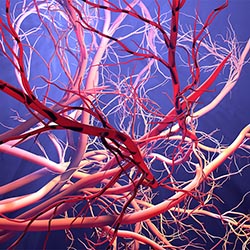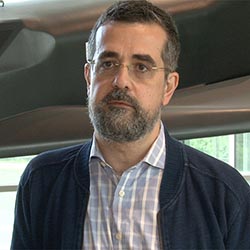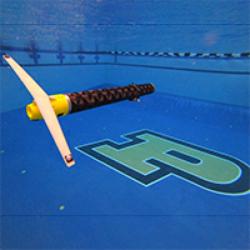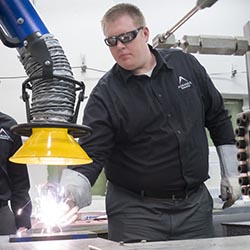March 4, 2021
Rewriting the book on the fluid mechanics of blood vessels
Blood vessels are a unique subject in fluid mechanics because their elastic structure affects the flow, while the flow also affects the structure. Prof. Ivan Christov has been able to distill this complex relationship into a single mathematical expression.










